Welcome to the fascinating world of Saddlebred horses! In this article, you’ll delve into the storied history of this distinctive breed, uncover its captivating characteristics, and explore the vast array of Saddlebred horse clubs. As an enthusiast or hobbyist, this is your comprehensive guide to becoming well-versed in the Saddlebred community.
Table of Contents (Horspedia)
History of Saddlebred Horses
The Saddlebred horse is an American breed with a rich history that dates back to the early 18th century. These elegant horses were developed in the southeastern United States and have roots in several European breeds, such as the Thoroughbred, Morgan, and the Narragansett Pacer. The Saddlebred quickly gained popularity as a versatile and athletic breed, ideal for use in various equestrian disciplines and as a stylish mode of transportation for plantation owners.
As the breed gained prominence, it also became an important part of American horse culture, with many Saddlebred horse clubs forming in the ensuing years to support and celebrate these magnificent animals.
One of the earliest Saddlebred horse clubs was the American Saddlebred Horse Association (ASHA), which was founded in 1891 by a group of passionate breeders and enthusiasts. The ASHA is the oldest horse registry in the United States, and its main purpose is to promote and protect the Saddlebred breed. The organization maintains a comprehensive registry of Saddlebred horses, sponsors various events and shows, and provides educational programs and resources for Saddlebred enthusiasts. Throughout the years, more regional and local clubs have formed, each dedicated to celebrating and promoting the breed within their respective communities.
As Saddlebred horse clubs gain popularity, the elite sport of Saddlebred horse showing has experienced a surge in interest and participation. Competitions and events now take place across the nation, featuring not just the breed’s natural grace and elegance, but also their immense talent and versatility in various disciplines, such as pleasure riding, fine harness, and breed-specific events like the Five Gaited classes. These shows serve as a unifying force among members of the Saddlebred community, who gather to share their admiration and respect for this iconic American breed.
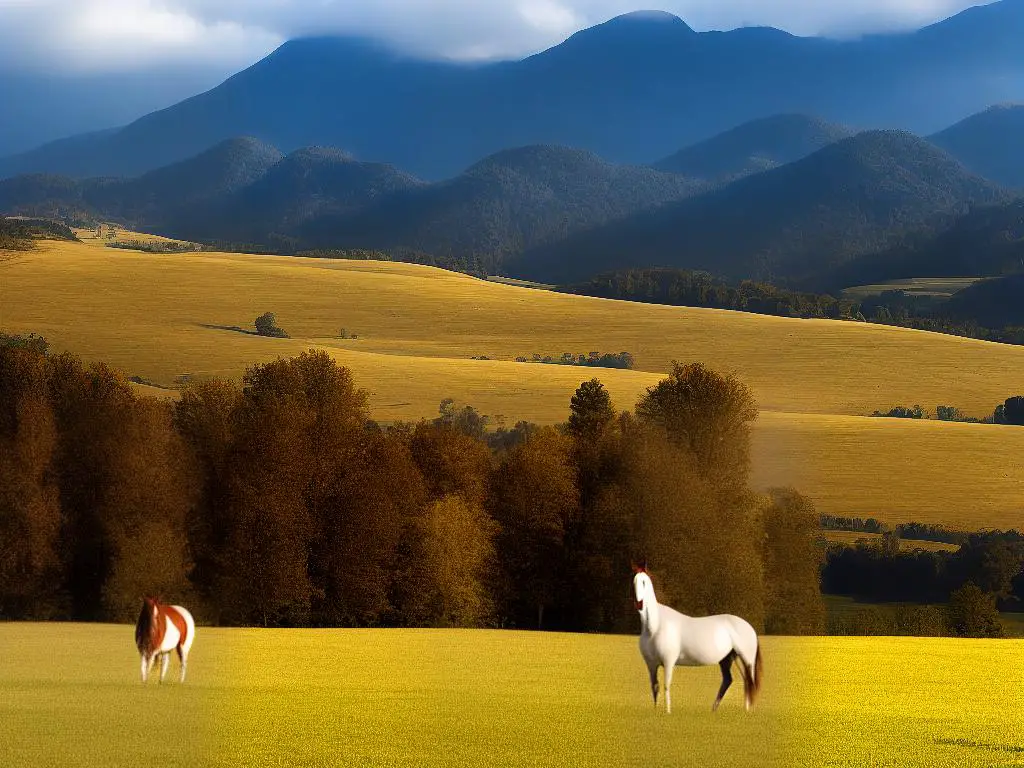
Characteristics and Traits of Saddlebred Horses
The American Saddlebred, a renowned horse breed held in high esteem among equestrian enthusiasts and frequently celebrated in Saddlebred horse clubs, possesses an elegant and graceful appearance. A long, well-defined head with expressive, large eyes, and a beautifully arched neck contribute to their striking allure. With their slim, refined bodies and brilliant, high-stepping natural gaits, Saddlebreds are often compared to dancers. Standing between 15 to 17 hands high and boasting a variety of coat colors—including chestnut, black, gray, and bay—Saddlebreds are a popular choice for horse shows, parades, and a range of riding disciplines.
Saddlebred horses are not just gorgeous in their appearance but also possess traits that make them uniquely suited for participation in competitive events and pleasure riding alike. They are celebrated for their friendly, people-oriented, and trainable temperament, which is highly valued among members of Saddlebred horse clubs. Due to their natural athleticism and intelligence, Saddlebreds can excel in a wide range of equestrian disciplines such as saddle seat, dressage, driving, and even jumping. Participants in Saddlebred horse clubs can enjoy socializing and bonding with fellow enthusiasts while honing their skills in these competitive, crowd-pleasing sports.
Not only do Saddlebred horses boast a stunning appearance and versatile capabilities, but they also have a rich history. Originating in Kentucky during the 19th century, Saddlebreds have long been appreciated as an American classic. These horses were initially bred as multi-purpose farm and plantation horses, utilized for their strength, stamina, and smooth gaits. However, their elegant appearance and extraordinary presence soon caught the attention of horse enthusiasts, who began celebrating the breed through shows and competitions. Today, the American Saddlebred thrives within a variety of clubs that are popular across the United States, where members can partake in competitions, clinics, and other events aimed at promoting this illustrious breed.
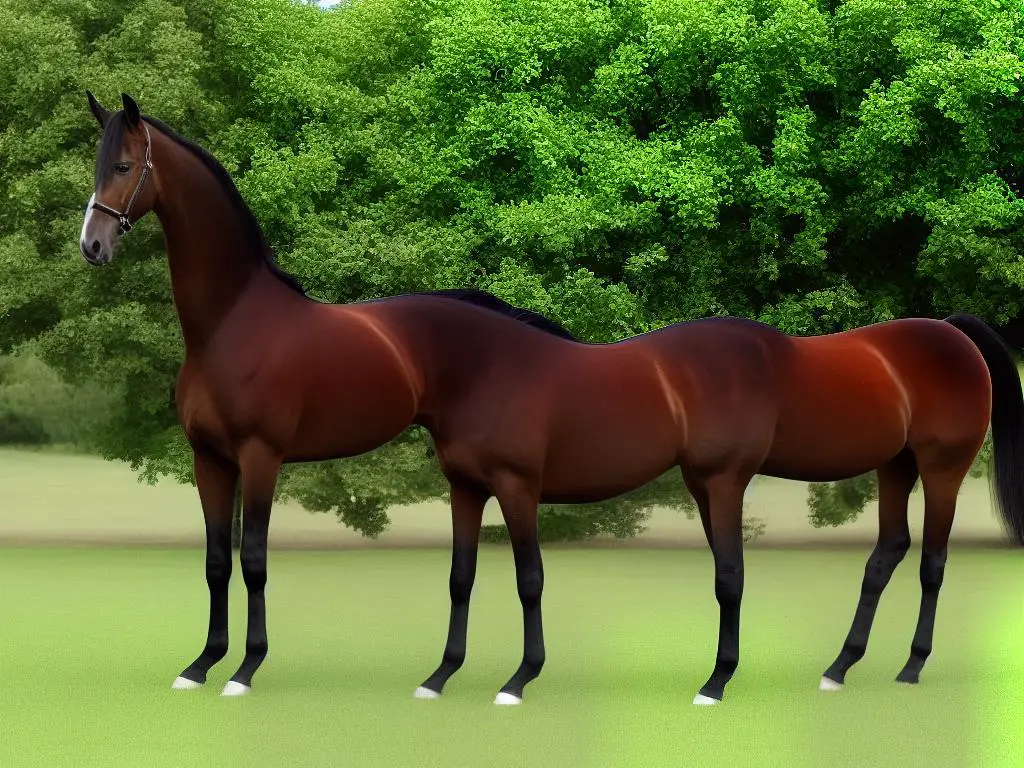
Types of Saddlebred Horse Clubs
There are a range of Saddlebred horse clubs, each catering to specific aspects of the breed and its enthusiasts. At the forefront is the American Saddlebred Horse Association (ASHA), which operates as the breed’s main governing body. The ASHA is devoted to promoting and protecting the breed, maintaining records, and organizing events related to Saddlebred horses. In addition, the association supports education, provides resources for breeders and trainers, and sets standards for the breed within the United States. By participating in local and national clubs, hobbyists and enthusiasts alike can become skilled in Saddlebred horse care, training, and competition, thus fostering a deeper appreciation for this unique and prestigious horse breed.
Similarly, the United Professional Horsemen’s Association (UPHA) is another organization that works to improve the show horse industry and promote interest in horseback riding. Performance clubs, on the other hand, focus on the unique talents of the Saddlebred horse, specifically in various riding and driving disciplines. These clubs might focus on aspects such as dressage, western, or saddle seat riding, and often hold shows and competitions for members to showcase their horses’ abilities.
Some clubs, such as the American Saddlebred Registry and the National Show Horse Registry, offer breed-specific show circuits and programs for their registered horses. Regional clubs are typically more locally-focused and can vary in scope. These clubs often provide a supportive community for Saddlebred enthusiasts in a specific geographic area. They may offer networking, educational, or competitive opportunities and are especially beneficial for newcomers to the breed.
Regional Saddlebred horse clubs collaborate with performance clubs, breed associations, and other regional clubs to create a thriving community for enthusiasts of this versatile, athletic, and charismatic breed. These organizations bring together like-minded individuals in appreciation of the American Saddlebred, offering numerous opportunities for education, competition, and knowledge-sharing.
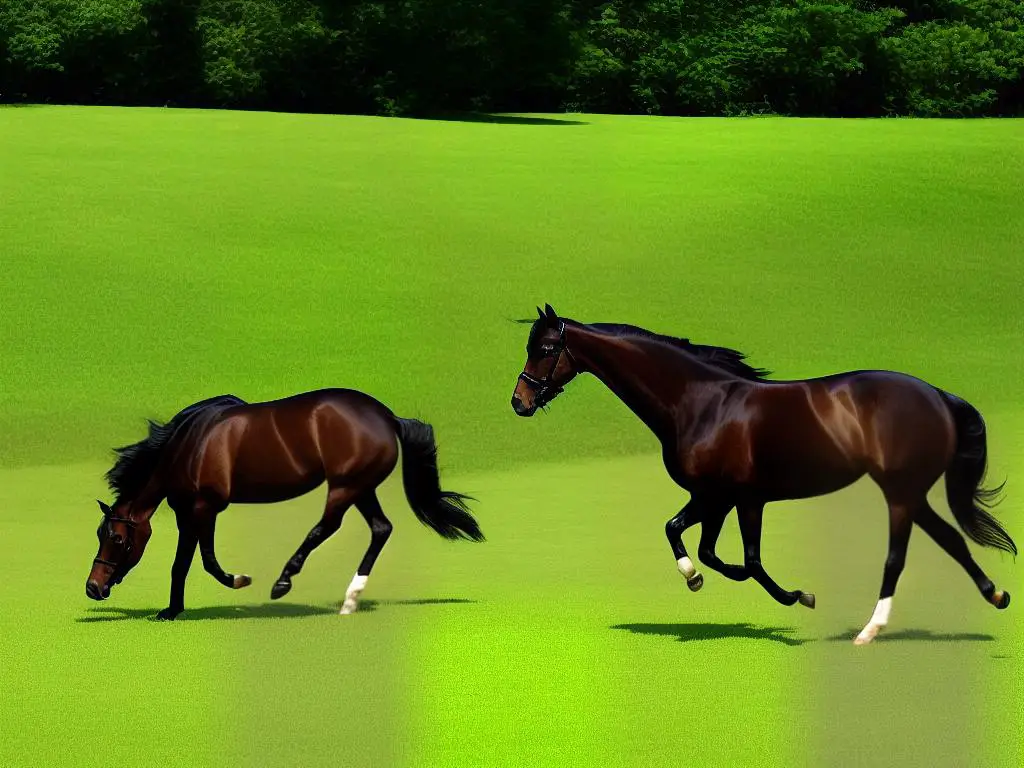
Joining a Saddlebred Horse Club
Joining a Saddlebred horse club is the perfect way to immerse yourself in this passionate community. Start by searching for official American Saddlebred organizations, such as the American Saddlebred Horse Association (ASHA) or United States Equestrian Federation (USEF). Both the ASHA and USEF websites provide a wealth of information about regional clubs, guiding you to one that suits your needs and location, and seamlessly connecting you with other enthusiasts who share your love for this remarkable breed.
Once you have identified a Saddlebred horse club that you are interested in joining, it is essential to familiarize yourself with the club’s membership requirements. Most organizations will ask you to fill out an application form, pay an annual membership fee, and possibly attend a meeting or event to introduce you to the group. Additionally, you may be required to demonstrate a certain level of interest or experience with Saddlebred horses to join the club. The benefits of joining a club typically include access to an exclusive network of fellow Saddlebred enthusiasts, opportunities for hands-on experience with the horses, invitations to club meetings and events, and resources for further learning and development.
Club activities in Saddlebred horse clubs often cater to a wide range of interests, covering events from horse shows and competitions to educational seminars and workshops. Active participation in these events is an excellent way to learn more about Saddlebred horses, improve your riding and horsemanship skills, and connect with other enthusiasts. Alongside these opportunities, many clubs commit to charitable events and community outreach, enabling members to contribute positively to their local area and promote the Saddlebred horse breed. By joining a Saddlebred horse club, not only will you deepen your appreciation and knowledge of this elegant breed, but also forge lasting friendships within a welcoming and supportive community.
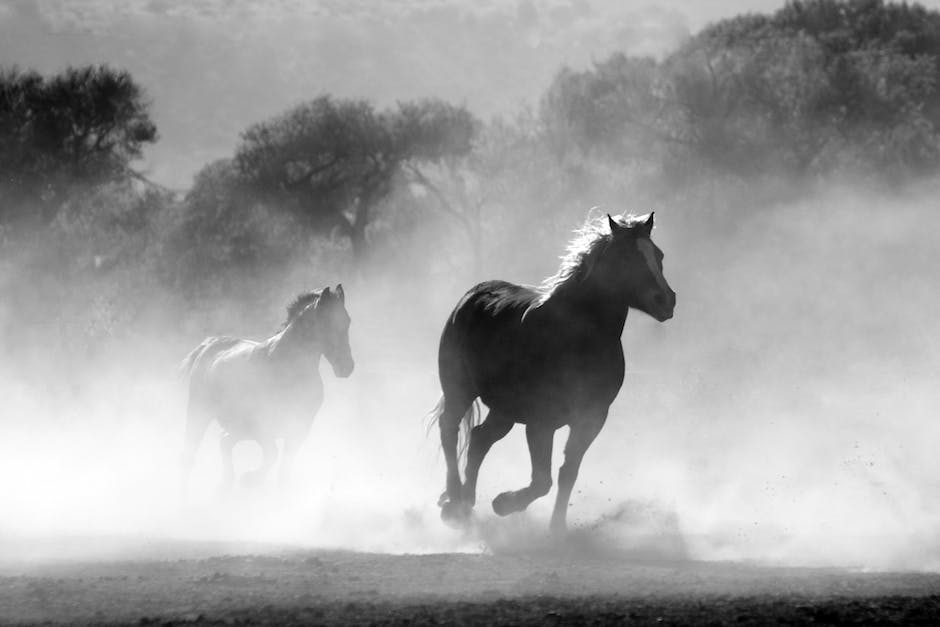
Saddlebred Horse Show Circuit
Another integral aspect of Saddlebred horse clubs is the engaging and competitive Saddlebred Horse Show Circuit. This exciting platform offers Saddlebred horse enthusiasts and their equine partners the chance to showcase their skills across various types of competitions. With a wide range of opportunities available for both beginners and experienced riders, participants can compete in diverse categories including fine harness, pleasure riding, equitation, and more. Saddlebred horse clubs typically play a crucial role in organizing and promoting these events, ensuring that all interested individuals receive the support and guidance they need to thrive in the competitive environment.
Each show season typically includes a series of competitions that progressively lead to national and regional championships. The American Saddlebred Horse Association maintains a calendar of events to help riders and enthusiasts stay informed about upcoming shows. To prepare for the show circuit, it is important for riders to maintain a consistent training routine with their Saddlebred and seek instruction from experienced professionals. Participating in smaller, local shows prior to larger competitions can provide valuable experience and exposure for both horse and rider, helping them improve their skills and become more comfortable in the show ring.
For enthusiasts looking to become skilled in the world of Saddlebred horses, joining a Saddlebred horse club can be a beneficial step. Many clubs offer resources and networking opportunities that help members establish connections within the circuit. Frequently hosting clinics and workshops, these clubs provide guidance on subjects such as show attire, grooming techniques, and training methods. Forming bonds with fellow club members can offer valuable support and encouragement while navigating the competitive landscape of Saddlebred horse shows. Ultimately, being an active member of a Saddlebred horse club can substantially enhance an enthusiast’s experience and success within the Saddlebred Horse Show Circuit.

Training and Care of Saddlebred Horses
Proper training and care of Saddlebred horses are essential for maintaining their overall health, performance, and happiness. Saddlebred horse clubs and enthusiasts often stress the importance of a consistent and systematic approach to achieve this level of care. Continual education about the breed’s unique traits and requirements, together with appropriate grooming, veterinary care, and stable management, play a crucial part in the successful nurturing and development of these majestic animals. By participating in a Saddlebred horse club, members can gain a wealth of knowledge and shared experiences, ensuring the well-being of their horses and their pathway to success in the Saddlebred Horse Show Circuit.
When it comes to the training of Saddlebred horses, positive methods and tailored approaches are generally considered the most effective ways to establish a strong bond between horse and rider. Saddlebred horse clubs often provide resources, training clinics, and seminars that cover a wide variety of topics, ranging from foundational groundwork exercises to advanced goals such as dressage or show ring performance. Participants can learn techniques that not only encourage the horse’s natural talents, but also develop trust and mutual understanding between them.One essential aspect of owning and caring for Saddlebred horses is ensuring they receive regular and thorough veterinary care. This care includes annual examinations and any necessary treatments, such as equine dental care, which can impact the horse’s overall health and performance. Proper hoof care and regular farrier visits are essential for maintaining soundness and comfort. Horse owners should be well-educated on signs of illness or injury, seeking prompt veterinary attention when needed. Adequate nutrition, tailored exercise programs, and consistent grooming routines can help support the horse’s overall well-being. Saddlebred horse clubs can offer invaluable resources, guidance, and support to caretakers and enthusiasts alike.
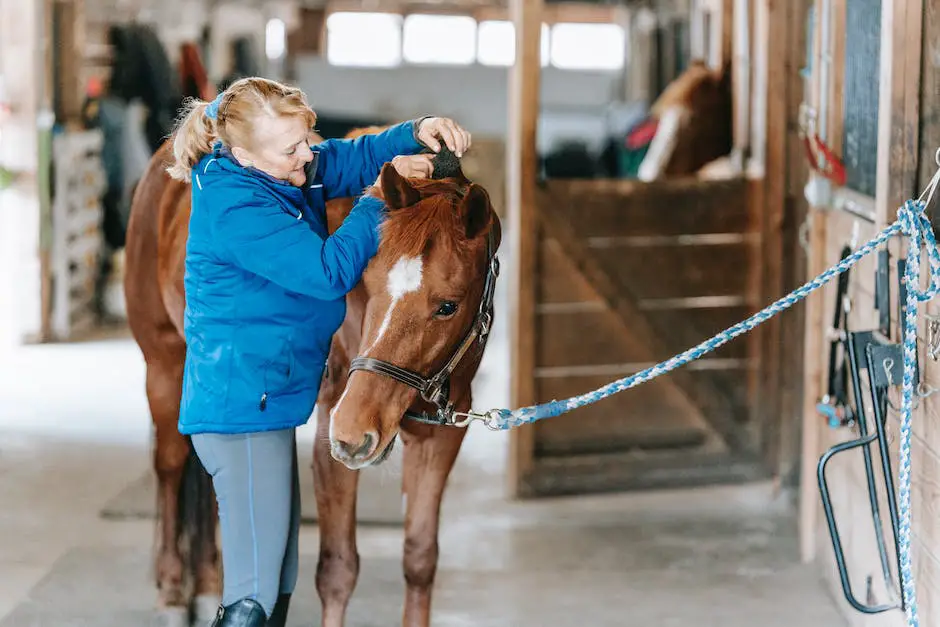
Promoting Saddlebred Horses and Clubs
Enthusiasts and hobbyists can successfully promote Saddlebred horses and their associated clubs through various means, with social media strategies being a key component. Clubs can leverage platforms such as Facebook, Instagram, and Twitter to share visuals that showcase the beauty and athleticism of the Saddlebred breed. Engaging content, such as interactive quizzes, polls, and contests, can draw attention to the breed and the local club. By connecting with related groups and participating in online discussions, clubs can increase their visibility and discover opportunities to connect with potential new members or collaborators. These united efforts help bridge the gap between the various aspects of caring for Saddlebred horses and promoting their clubs within the broader equine community.One of the most effective forms of promotion is community outreach. Local Saddlebred horse clubs can participate in community events, such as parades, county fairs, and equestrian exhibitions. These opportunities allow individuals unfamiliar with the breed to see the Saddlebred horse in action, often sparking interest and curiosity. Additionally, clubs can offer educational demonstrations, workshops, or clinics, helping others to become more familiar with the breed’s history, attributes, and suitability for various equestrian disciplines. These events may also serve as a recruitment tool, inviting interested individuals to join the club or attend future gatherings.Partnerships with other organizations can also play a crucial role in promoting Saddlebred horses and clubs. By collaborating with other equestrian clubs, breed associations, or even local businesses, clubs can expand their reach and tap into new audiences. For example, joint events with other horse clubs can showcase the versatility of Saddlebred horses, while sponsorships or partnerships with local tack shops or stables can lead to increased visibility and promotion for both parties. By nurturing these relationships, clubs can access the resources and support that will help them continue to grow and flourish, while also shining a light on the incredible Saddlebred horse.

As you continue your journey into the Saddlebred horse world, remember to utilize this guide as a roadmap to help you navigate through the various topics covered, from characteristics and traits to proper training and care. Try to immerse yourself in the vibrant Saddlebred community by joining clubs and attending horse shows, and take advantage of opportunities to learn from experienced trainers and enthusiasts. Most importantly, enjoy the process of becoming a skilled and knowledgeable Saddlebred horse aficionado, ultimately contributing to the promotion and support of this remarkable breed and its associated clubs.
